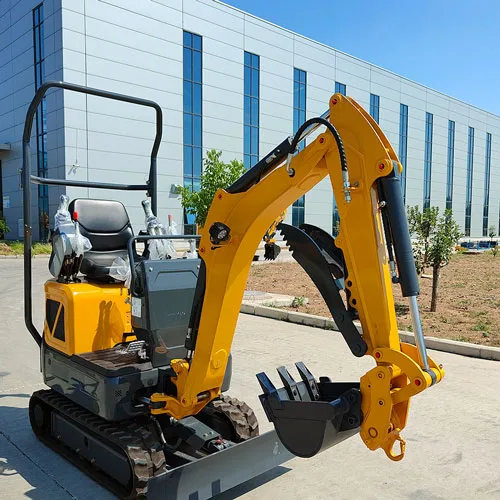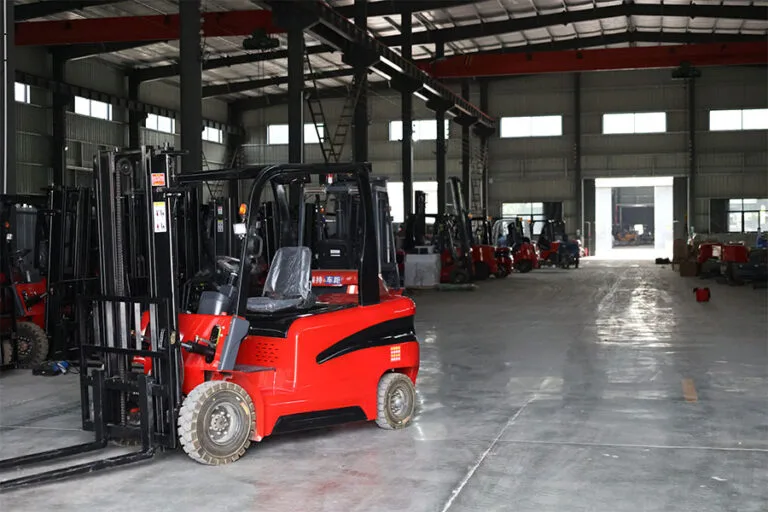Welcome to My Blog!
I’m thrilled to have you here! Before we dive into the content, let’s stay connected. Join me on my social media platforms for more insights, community engagement, and regular updates. Here’s where you can find me:
📌 Facebook: Shandong Huaying International Trade Co., Ltd.
Now, let’s embark on this journey together. I hope you find the content here not only insightful and engaging but also valuable to your interests. Let’s learn, grow, and connect!
Table of Contents
Introduction
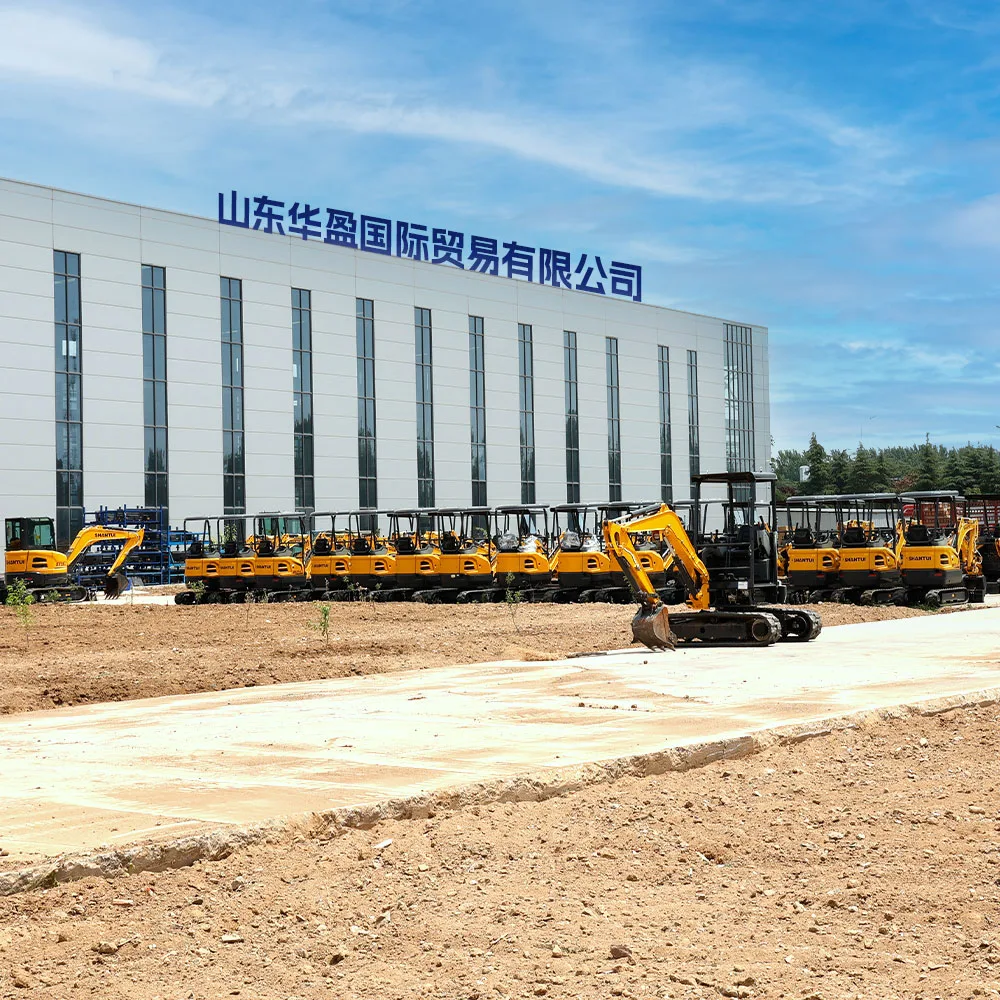
The construction equipment market has seen unprecedented demand for affordable machinery solutions, with used cheap mini excavators emerging as particularly sought-after assets. According to industry reports, the global mini excavator market is projected to grow at 5.8% CAGR through 2028, driven by increasing urbanization and infrastructure development projects worldwide.
For contractors and small business owners, purchasing a used cheap mini excavator presents an attractive opportunity to acquire capable equipment at a fraction of new machine costs. However, our experience at Shandong Huaying International Trade Co., Ltd. shows that nearly 40% of first-time used equipment buyers encounter unexpected repair costs within the first six months of ownership.
This comprehensive guide will walk you through six critical evaluation factors, supported by technical insights from our engineering team, to help you make an informed decision when purchasing used compact excavators. We’ll also compare these considerations against our new LH series models to provide complete market perspective.
NO 1. Comprehensive Machine History Analysis
Understanding Service Intervals and Maintenance Patterns
When evaluating a used cheap mini excavator, the service history provides crucial insights into the machine’s operational background and maintenance quality. Our technical experts emphasize that a well-documented maintenance record significantly reduces the risk of unexpected breakdowns.
For cheap mini excavators, pay special attention to these critical service indicators:
- Engine Service Records:
- Verify oil change intervals (recommended every 500 hours or 6 months for optimal engine health)
- Confirm air filter replacements (clogged filters reduce efficiency in cheap mini excavators)
- Check coolant system maintenance (prevents overheating issues common in older machines)
- Hydraulic System Maintenance:
- Hydraulic fluid changes (should occur every 2,000 hours in most cheap mini excavator models)
- Filter replacement documentation (contaminated fluid causes 35% of hydraulic failures)
- Cylinder rebuild records (leaking cylinders are costly to repair)
- Undercarriage Service:
- Track tension adjustments (improper tension accelerates wear in cheap mini excavators)
- Roller and idler replacement history (worn components increase fuel consumption)
- Sprocket wear documentation (replacement needed when teeth show 30% wear)
Pro Tip: Cheap mini excavators used in municipal or landscaping work typically have more consistent maintenance than those from demanding demolition sites, making them potentially better long-term investments.
NO 2. Detailed Physical Inspection Checklist
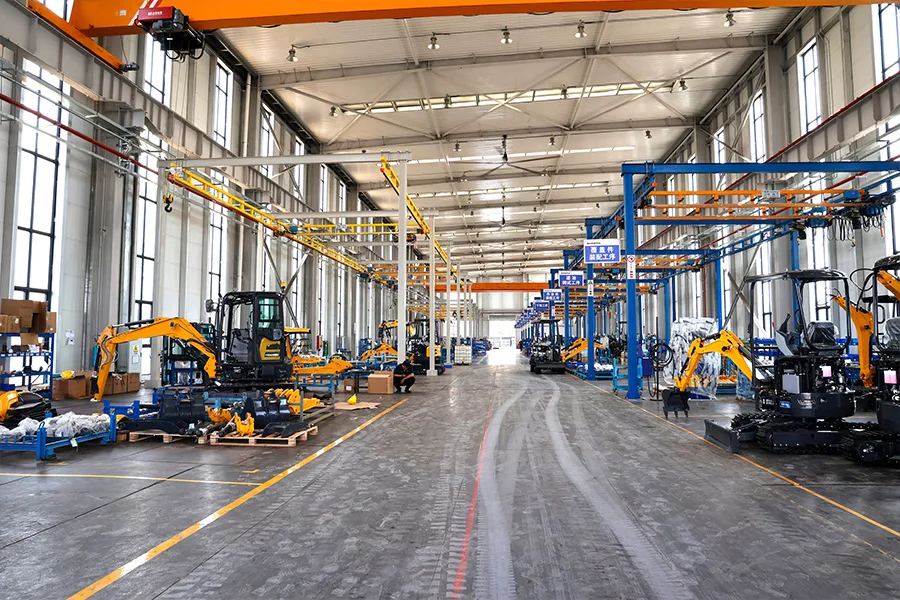
Structural and Mechanical Evaluation Points
A meticulous physical inspection is essential when purchasing a used cheap mini excavator to avoid costly surprises. Follow this comprehensive evaluation guide to assess critical components:
A. Undercarriage (40% of repair costs originate here)
- Measure track chain stretch (should not exceed 3% of original length)
- Inspect roller flange wear (maximum allowable wear: 10mm)
- Examine sprocket teeth (replace if 30% worn to prevent track slippage)
B. Hydraulic System
- Conduct pressure tests on all circuits (must maintain at least 90% of rated pressure)
- Check cylinder rods for pitting or scoring (signs of fluid contamination)
- Inspect all hose connections for leaks (common failure point in older cheap mini excavators)
C. Engine Compartment
- Perform compression tests (variation between cylinders should be <10%)
- Check turbocharger play (axial <0.1mm, radial <0.3mm for proper function)
- Inspect cooling fins for debris accumulation (reduces cooling efficiency)
D. Operator Station
- Test all control functions (joystick responsiveness, pedal operation)
- Check monitor systems for stored error codes (reveals hidden issues)
- Verify all safety features (seat sensors, emergency stops) function properly
Key Insight: While cheap mini excavators offer initial cost savings, this thorough inspection helps identify machines that will deliver reliable service versus those that might become money pits. Always inspect in daylight conditions for best visibility of potential issues.
NO 3. Total Cost of Ownership Analysis
Comparing Used vs. New Equipment Economics
Our financial analysts have developed this comparison model based on real-world data:
| Cost Factor | Used Machine (5,000 hrs) | New LH-40PRO |
|---|---|---|
| Purchase Price | $18,000 | $36,500 |
| Year 1 Maintenance | $3,200 | $800 |
| Year 2 Maintenance | $4,500 | $1,000 |
| Residual Value (3 yrs) | $9,000 | $24,000 |
| Fuel Cost Difference | – | 15% savings |
| 3-Year Total Cost | $27,700 | $28,300 |
Key Insight: The price premium for new equipment narrows significantly when considering total ownership costs.
NO 4. Performance Testing Protocols
Standardized Evaluation Procedures
We recommend conducting these tests during your inspection:
A. Hydraulic System Test
- Cold start pressure check (within 10% of spec)
- Cycle time measurement (bucket curl/dump)
- Simultaneous function test
B. Engine Performance
- Cold start capability
- Black smoke evaluation under load
- Temperature rise pattern
C. Structural Integrity
- Boom deflection measurement
- Swing bearing backlash check
- Frame weld inspection
NO 5. Seller Evaluation Framework
Verifying Equipment Sources
When purchasing a used cheap mini excavator, evaluating the seller is just as crucial as inspecting the equipment itself. Our extensive wholesale experience has shown that seller reliability directly impacts the long-term value of your cheap mini excavator purchase. Consider these critical factors:
| Criteria | Private Seller | Equipment Dealer | Manufacturer |
|---|---|---|---|
| Equipment History | Limited | Partial | Complete |
| Warranty Offered | None | 30-90 days | 1+ years |
| Financing Options | No | Sometimes | Yes |
| After-Sales Support | No | Limited | Comprehensive |
| Parts Availability | Difficult | Available | Guaranteed |
NO 6. New Equipment Comparison
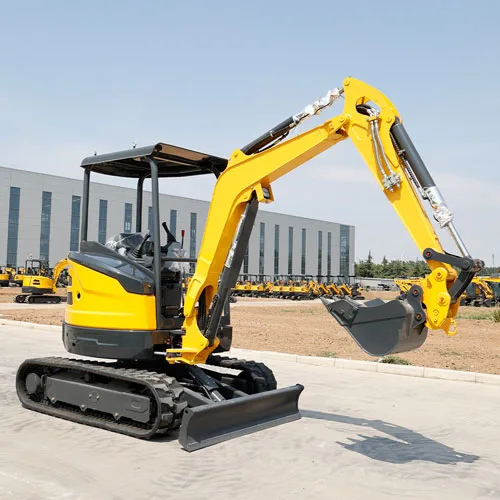
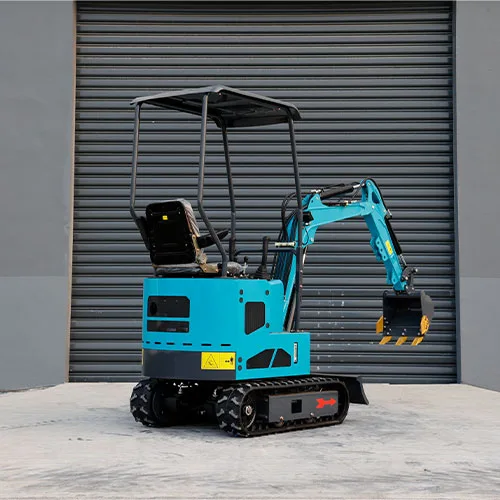
When Buying New Makes More Sense
While used cheap mini excavators dominate the budget equipment market, new models frequently offer superior value when considering total cost of ownership. Our LH series addresses the most common concerns with used cheap mini excavators:
- Space Efficiency: Zero-tail swing design outperforms most used cheap mini excavators in confined workspaces
- Fuel Economy: Yanmar Tier 4 Final engine delivers 10% better efficiency than typical used models
- Performance: Advanced hydraulics provide 15% faster cycle times compared to aging cheap mini excavators
- Protection: 2-year/3,000 hour warranty covers what used cheap mini excavators don’t
- Operating Costs: 30% lower than comparable used cheap mini excavator models
- Compliance: EPA-certified engine meets all current emissions standards
- Versatility: Quick coupler ready design enhances attachment flexibility
- Reliability: 98% parts availability eliminates downtime concerns common with used cheap mini excavators
Pro Tip: Calculate your projected 3-year operating costs before deciding between used and new cheap mini excavators. Many buyers find the total cost difference becomes negligible after accounting for repair expenses and downtime with used equipment.
Conclusion
While used cheap mini excavators may seem economical initially, new models like our LH-40PRO and LH-12ECO offer superior long-term value through better fuel efficiency, lower maintenance costs, and full warranty protection. For those considering used equipment, we recommend professional inspections and budgeting at least 25% of the purchase price for potential repairs. Ultimately, investing in reliable equipment ensures greater productivity and profitability for your business. Contact our team to explore the best options for your specific needs.
FAQ
Q: How does operating hour accumulation affect different components?
A: Our teardown analysis shows:
- Engine: Major overhaul likely after 8,000 hours
- Hydraulics: Pump replacement common at 6,500 hours
- Undercarriage: Complete rebuild typically needed by 5,000 hours
Q: What are the hidden costs of used equipment?
A: Our service department reports:
- 35% require immediate $2,000+ repairs
- 60% need $1,500 in deferred maintenance
- 25% have undisclosed accident damage
Q: How does emissions compliance impact my choice?
A: Older machines may face:
- Urban job site restrictions
- Future regulatory limitations
- 15-20% higher fuel consumption

